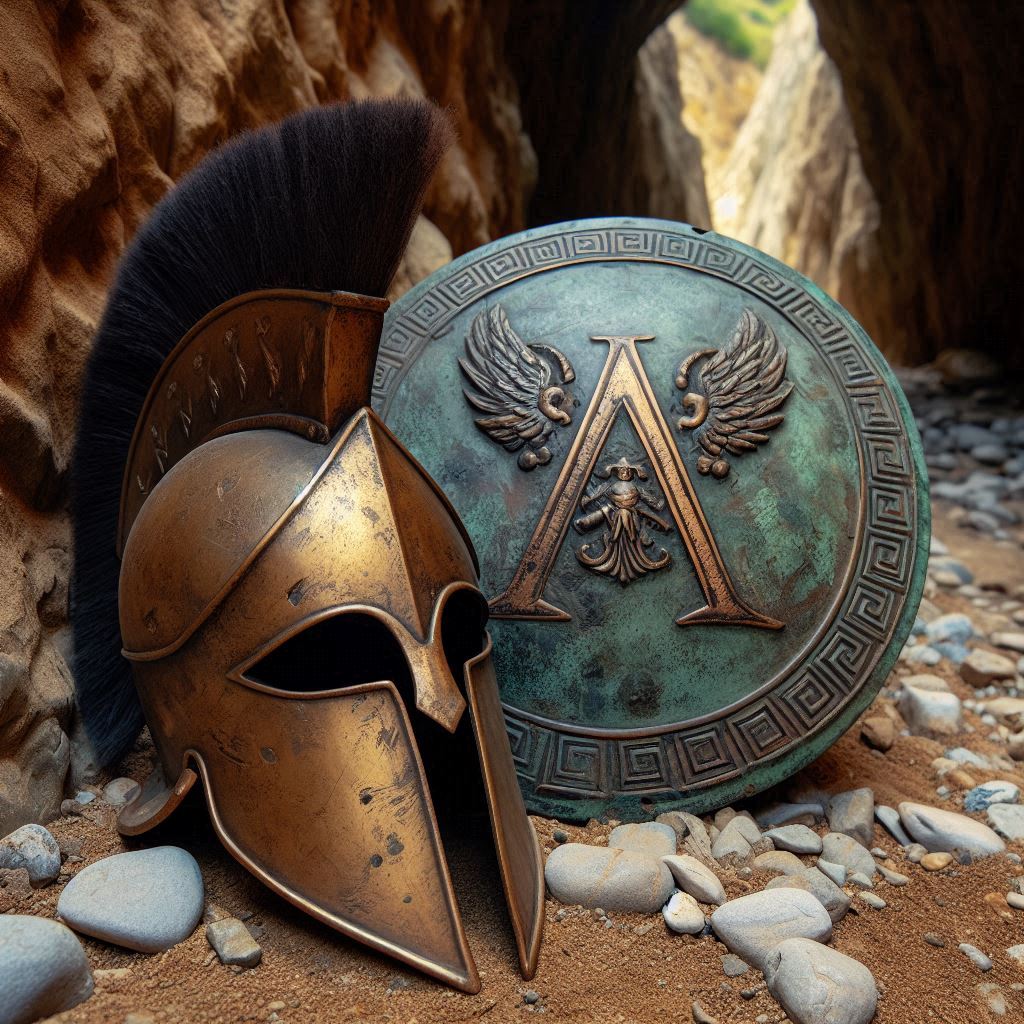Table of Contents
- Introduction to the Spartans
- The Spartan Military Society
- Social Structure of Sparta
- Spartan Governance: A Unique System
- Cultural Values of the Spartans
- The Battle of Thermopylae: A Legendary Stand
- Legacy of the Spartans
- Conclusion
Introduction to the Spartans
The Spartans were a formidable warrior society from ancient Greece, renowned for their military discipline, austere lifestyle, and remarkable achievements in battle. Located in the southeastern region of the Peloponnesus, Sparta was unlike any other Greek city-state, with its unique social structure and values that prioritized warfare, loyalty, and self-sacrifice.

The Spartan Military Society
Agoge: The Spartan Training Program
At the heart of Spartan society was the agoge, a rigorous training program that began when Spartan boys were just seven years old. This program focused on physical fitness, combat training, survival skills, and strict obedience to authority, all aimed at producing highly disciplined soldiers.
The Phalanx Formation: A Tactical Mastery
The Spartans were masters of the phalanx formation, a tightly-knit and heavily armed infantry tactic. This formation was nearly impenetrable and played a crucial role in the many victories that made the Spartans famous across the ancient world.
Social Structure of Sparta
Spartiates: The Elite Warriors
The Spartiates were the ruling class of Sparta, full-time soldiers who dedicated their lives to military service. They owned land and were the only members of Spartan society with full political rights, making them the elite of the city-state.
Perioeci and Helots: The Backbone of Spartan Society
The Perioeci were free, non-citizen inhabitants who managed trade, craftsmanship, and commerce. The Helots, on the other hand, were state-owned serfs who worked the land. Both groups were essential to the Spartan economy, allowing the Spartiates to focus solely on military affairs.
Spartan Governance: A Unique System
Dual Kingship
Sparta was unique in having a dual kingship, with two kings from different royal families ruling simultaneously. This system balanced power, with one king often leading military campaigns while the other managed domestic affairs.
Gerousia and Ephors
The Gerousia, a Council of Elders, advised on important decisions and proposed laws. The Ephors, a group of five annually elected officials, oversaw the kings and had significant authority, including the power to depose them if necessary.
Cultural Values of the Spartans
Discipline and Simplicity
Spartans were known for their discipline and simplicity, living austere lives with minimal luxuries. The term "spartan" has come to describe a lifestyle characterized by a lack of comfort and an emphasis on endurance and self-control.
The Role of Spartan Women
Spartan women enjoyed more freedom and responsibilities compared to women in other Greek city-states. They were expected to maintain physical fitness, manage households, and raise strong, healthy children. Spartan women were also known for their assertiveness and their role in encouraging their sons and husbands to be brave warriors.

The Battle of Thermopylae: A Legendary Stand
Background and Significance
The Battle of Thermopylae, fought in 480 BCE, was a pivotal moment in the Greco-Persian Wars. Led by King Leonidas I, a small Greek force, including 300 Spartans, held off a vastly larger Persian army led by Xerxes I. The narrow pass at Thermopylae allowed the Greeks to neutralize the Persian numerical advantage for several days.
The Final Stand of Leonidas
After being betrayed by a local who revealed a hidden path to the Persians, Leonidas and his men were surrounded. Understanding the gravity of their situation, Leonidas ordered the majority of the Greek forces to retreat, while he and his 300 Spartans, along with 700 Thespians and 400 Thebans, made a heroic last stand. Although they were ultimately defeated, their sacrifice became a symbol of courage and defiance.

Legacy of the Spartans
The Enduring Symbol of Heroism
The Spartans’ stand at Thermopylae has been remembered throughout history as the epitome of heroism and sacrifice. The phrase "Molon labe" ("Come and take them"), reportedly said by Leonidas when ordered to surrender, continues to be a powerful symbol of resistance.
Modern Depictions of Sparta
Sparta’s legacy endures in modern culture, with countless books, films, and other media retelling the story of Thermopylae. The graphic novel and movie "300," although a stylized and fictionalized version, captures the spirit of Spartan courage and has brought their story to a new generation.
Conclusion
The Spartans have left an indelible mark on history, remembered for their unique society, military prowess, and the heroic last stand at Thermopylae. Their legacy continues to inspire, symbolizing the virtues of bravery, discipline, and self-sacrifice that resonate across the ages.

